Interview: Giorgio Biscaro of FontanaArte
The art director of the Italian lighting brand discusses its recent relaunch and future

by Stefano Caggiano
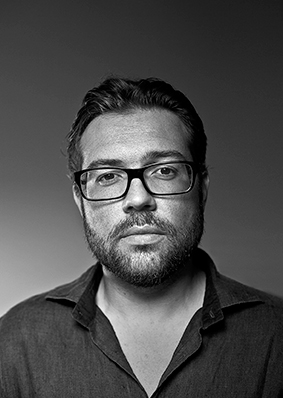
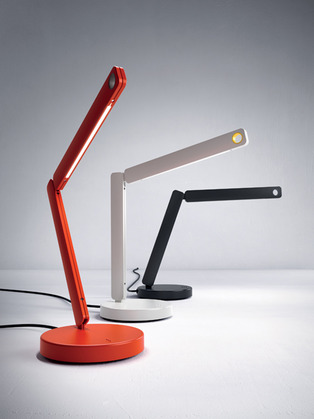
Nominated as FontanaArte‘s first art director ever, Giorgio Biscaro had 12 months to pick up the heritage of the historical lighting company that boasts Gio Ponti and to bring it to new levels. He spent the first month thinking about the direction to take and reading Ponti’s thoughts made him take the plunge and opt for the risk-taking strategy of innovation. He called in fresh designers, whose work has been presented at the last Milan Furniture Fair with enthusiasm, thus moving the world-famous brand toward an updated future. Read below to learn more about the new direction Biscaro is taking the longstanding Italian lighting company.
When you took over the role as art director in FontanaArte, which were some of the more urgent things you saw that needed to be done?
There was a design issue and a catalog issue. The first was due to the fact that products were terribly flattened, the latter was that there were hundreds. So the catalog was more about quantity than quality. But the worst thing was that I couldn’t find any leitmotiv on the recent projects—no traces I could follow to proceed a narration. Everything was untied. So, since I like to follow a programmatic method, the first thing for me was identifying a concept, working with the same attention on the reasons for a product to exist as I do on the product itself. I don’t want to make maquillage.
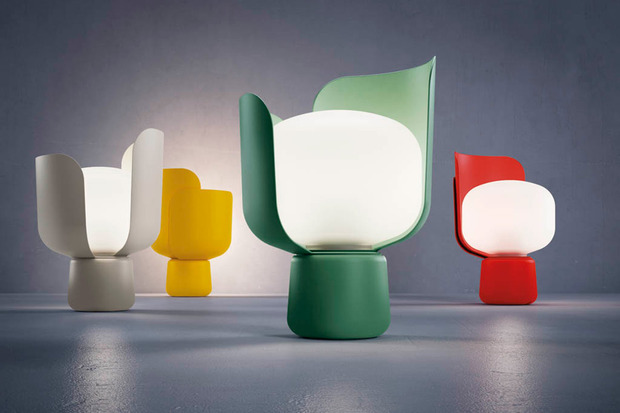
How do you work with designers collaborating with FontanaArte?
When it comes to briefings, I’m a control freak. I think the more precise you are in giving an impression of what your needs are, the best result you will get. Obviously, designers are more than welcome to surprise with their thoughts, but in the moment you ask them something, you can’t just say “do something.” Dialogue is important as well; it’s only with confrontation that something good can happen. I am lucky enough to be a designer, so the exchange of thoughts with the guys was clear, frank and equal.
How did it go with the new collection presented at the last Milan Design Week?
I was moved by the reactions…So many people complimented me and the entire team for how we got the work done. It was like if a thing everybody expected for had at last come true and the feeling that the brand was more alive than ever was palpable. Somebody wrote “the best relaunch ever” and this is the best thing somebody could have told me.
After such good results, which are the next steps for FontanaArte?
It’s a path I’ve started one year ago: I don’t think we should proceed by stages, because this means that you risk to hurry processes that need more time to be developed, so I can’t tell there is a “next” appointment, just a continuous process. But in the to-do list there is increasing our presence in fairs, innovating the way the company works and communicates, always testing new technologies and developing a company culture that encourages the deep understanding of our age so the design process is not vertical, but horizontal. The next five years will see a consolidation of the brand in terms of presence and brand-awareness, and we will maybe see the first results of the research I’m working on today, concerning the relation of light with people and spaces, the education of people in lighting principles, and the correct positioning of the company in the market: I made a proposal for a deeply innovative communication strategy that will set us years forward the competitors, but I don’t want to disclose anything!
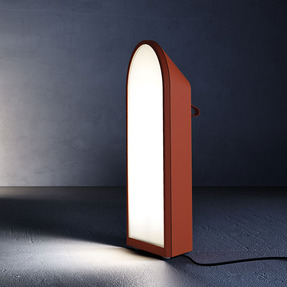
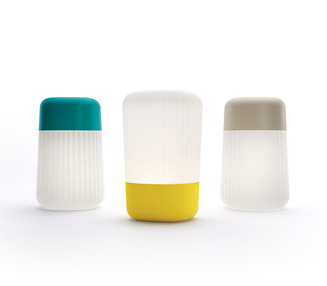
Is there a designer you would like to work with in the future?
There is no designer I want to work with in particular. I keep thinking there’s the right designer for the right product; this is a thing that many companies tend to forget. More skilled and experienced designers can prove they’re good in more fields than others, but usually attitudes are visible in designers’ work, and since there are many different typologies of lamps and consequent markets/behaviors/aesthetics, I choose very carefully the designer in relation to the project briefing. But how I’d like to work with Gio Ponti!


How do you see the role of a lamp in our houses and lives?
Correctly designed lamps, as with all good design, communicate knowledge. I keep visiting houses with terrible illumination: this is because very few people have a lighting culture. Light is the homeware that affects our lives more because its physical behavior has a deep impact on our thoughts, emotions, relationships. So that’s why with this first collection I stressed the possibility of interacting with lamps to create different light situations. It’s not because I love gimmicks, but because I want people to understand how light can change our homes.
How do you see the future of lighting?
Since the era of LEDs and electronic lighting devices seems to be in a certain maturity, I think it will happen like it happened with music and other human devices: emulation, simulation, miniaturization, integration, virtualization. The final stage can lead to unexpected results, so if I think to the far future of lighting, I see no more “object-lamps” but just light, like a cloud of photons being moved where we will want to. I think we are now entering the era of integration; this means that in a closer future, design will solve some issues of the contemporary light considering the way our houses and our lifestyle is changing. This is where I’m heading.
Images courtesy of FontanaArte











